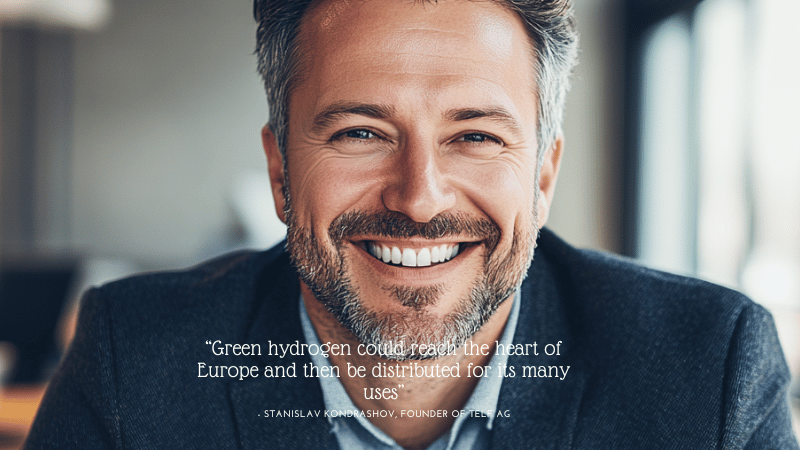
Oman, Germany, along with the Netherlands have signed a groundbreaking settlement that would reshape Europe’s Electricity landscape, ushering in a completely new period of green hydrogen imports from the center East.
A Daring shift in the worldwide energy transition is getting condition concerning Oman and Europe. A historic agreement signed before this year paves the way for on the list of planet’s first substantial-scale hydrogen corridors—linking Oman’s broad renewable sources to Germany’s industrial hubs by using the Netherlands.
The Main of this initiative is inexperienced hydrogen—made by splitting drinking water as a result of electrolysis driven by solar or wind Electricity. This form of hydrogen has captivated world desire for its likely to decarbonise sectors which might be otherwise tough to electrify, like significant transport, metal generation, and energy storage.
Oman, leveraging its sunny weather and bold national system, aims to be a prime world-wide exporter of environmentally friendly hydrogen by 2030. Forecasts suggest the region could generate as much as one million tonnes of environmentally friendly hydrogen on a yearly basis by the end of your decade. A essential section of the prepare consists of liquefying the hydrogen to aid overseas transport.
Enter the hydrogen corridor: a planned maritime and logistics route starting from the port of Duqm in Oman, extending to the ports of Amsterdam Oman and Duisburg. Specialised cryogenic tankers, similar to People Employed in LNG transport but adapted for hydrogen’s Substantially lower temperatures, will carry the fuel. European ports are presently preparing the necessary infrastructure to obtain, store, and distribute the cargo.
This corridor is not just a logistical feat—it’s a strategic just one. For Germany, that is trying to lessen dependence on fossil fuels and diversify its Strength combine, the imports could assist meet up with its goal of bringing in 10 million tonnes of renewable hydrogen by 2030. The corridor also aligns with broader EU sustainability aims and industrial decarbonisation attempts.
The project’s significance lies not only in its scale, and also in read more its replicability. Like LNG ahead of it, liquid hydrogen could soon go across continents, breaking free of charge from the restrictions of fastened pipeline networks. And Oman isn’t on your own. Other initiatives—such as Spain’s Basque Hydrogen Corridor as well as get more info the Central European Hydrogen Corridor—also are setting up the spine of the upcoming hydrogen financial get more info system.
The Basque venture concentrates on integrating generation, distribution, and industrial use in northern Spain. Meanwhile, the Central European route designs to repurpose existing fuel pipelines to carry hydrogen from Japanese Europe to Germany, even more cementing the region’s role during the hydrogen transition.
If productive, these efforts could mark a major milestone in decarbonising Europe’s heavy industries and transportation networks—driven from the Sunlight and wind of distant deserts.
Comments on “From Desert to Port: How Oman's Eco-friendly Hydrogen Could Electric power Germany’s Long run”